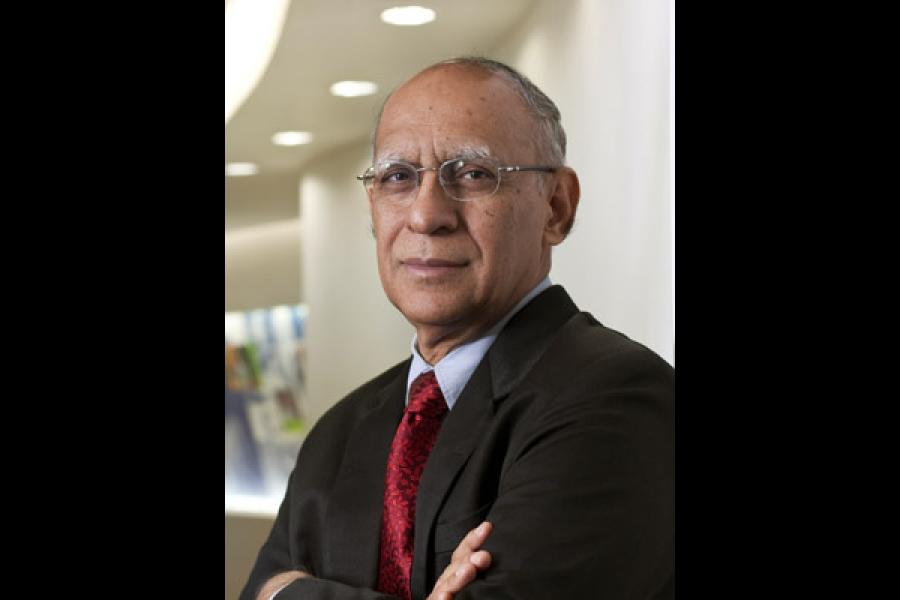Happiest Minds: Ashok Soota's promising start
When Ashok Soota announced his plans to start a company called Happiest Minds, a week after quitting Mindtree around this time two years ago, the reaction was one of skepticism. Even though he was a respected figure in IT circles, Soota was well past retirement age. (He was 70 then). Besides, the industry was undergoing one of its roughest patches. It had lost its momentum, and the incumbents were chasing growth by cutting prices, grabbing others’ market shares or trying to buy smaller companies. What could a start-up do? Albert Hieronimus, Soota’s successor at Mindtree in a Business Standard interview said: “The question he has to answer is if the world needs another MindTree.”
Happiest Minds has just finished its first full year of operations, and Soota said he will soon give an update on how it has fared so far. It’s not a listed firm, and I am not sure if we will get detailed financial results. However, we will get a sense of how right or wrong his critics were. In fact, some details of his strategy have emerged in the last few quarters..
One. Soota was not exactly trying to set up yet another Mindtree, or for that matter, yet another IT Services company. He looked at the market in a more granular fashion, and focussed on specific parts of IT Services that promised to grow faster, the emerging technologies such as cloud, mobility, social, big data and analytics. There are eye-popping numbers from Gartner and McKinsey about the scale of the opportunity, but they are irrelevant for a start-up. Suffice to say, these segments are growing fast, and Happiest Minds doesn’t exactly suffer undue disadvantage for being a new player.
Two, Soota has now started expanding to adjacent areas that promise growth, with a specific kind of positioning. A case in point is its recent announcement of setting up engineering R&D services. Sandeep Agarwal, who is heading this division says, it’s an example of how it all integrates. On one hand, there’s a growing demand for smarter devices. (For example, a weighing machine that will automatically send the measurements to your phone; or an accelerometer that will sync with another machine that reads your pulse rate.) On the other, Happiest Minds has been putting its resources behind cloud, analytics, mobility etc. Agarwal’s division is now building business cases bringing these two together. Smaller companies tend to do these better.
Finally, these two elements sit on the back of Soota’s reputation as an industry veteran and his heavy duty rolodex. The combination has helped attract talent, get VC investments (Canan Partners is an investor) , and create the impression that while the company is young, the resources behind it come with a long experience.
Does all these mean it’s time for skeptics to eat their words. It’s too early to say. Soota has not always got its calls right. Mindtree’s misstep of trying to get into making mobile handsets is attributed to him. But, with Happiest Minds, he seems to have taken all the steps in the right direction. Whether he has been walking or sprinting, we will know soon.
The thoughts and opinions shared here are of the author.
Check out our end of season subscription discounts with a Moneycontrol pro subscription absolutely free. Use code EOSO2021. Click here for details.

